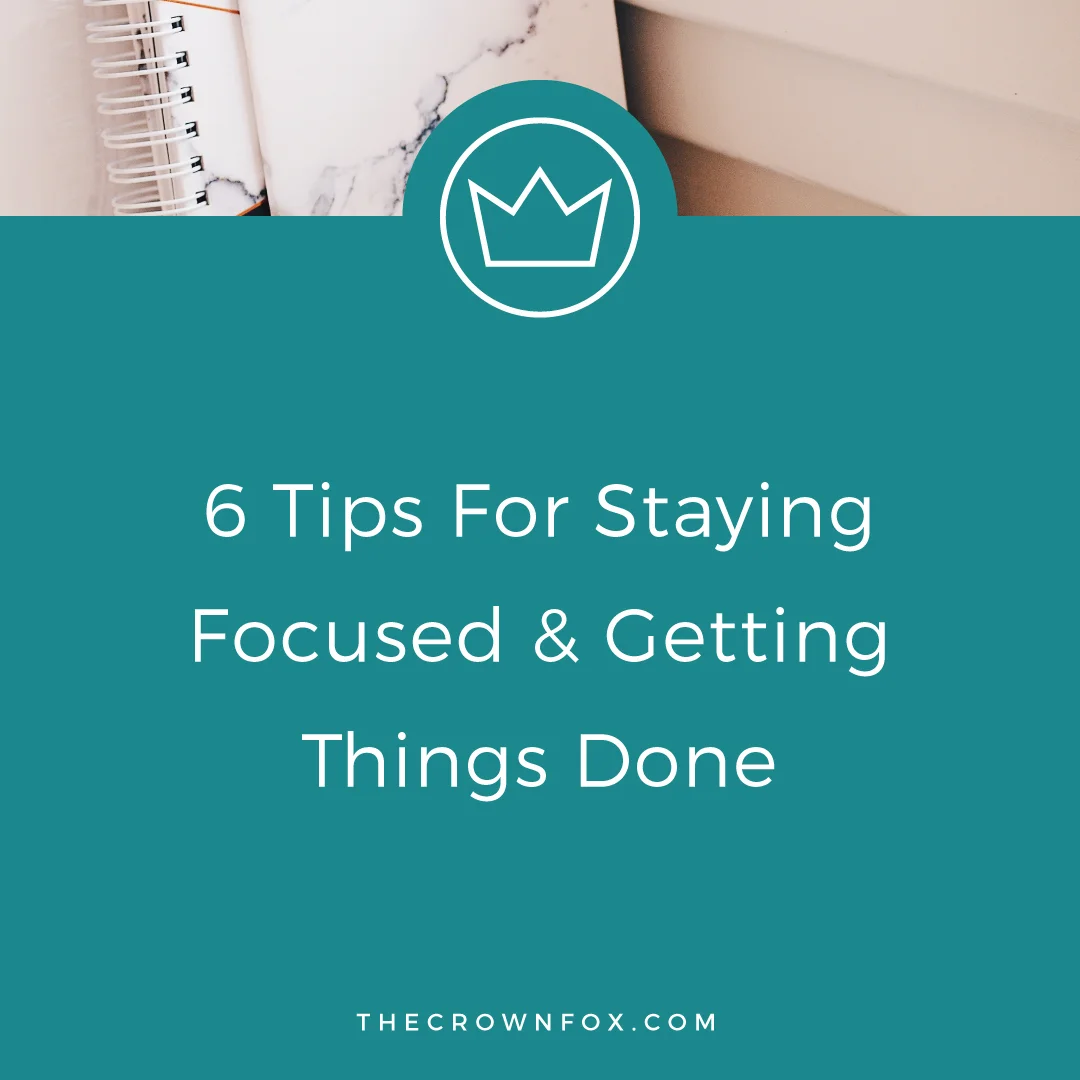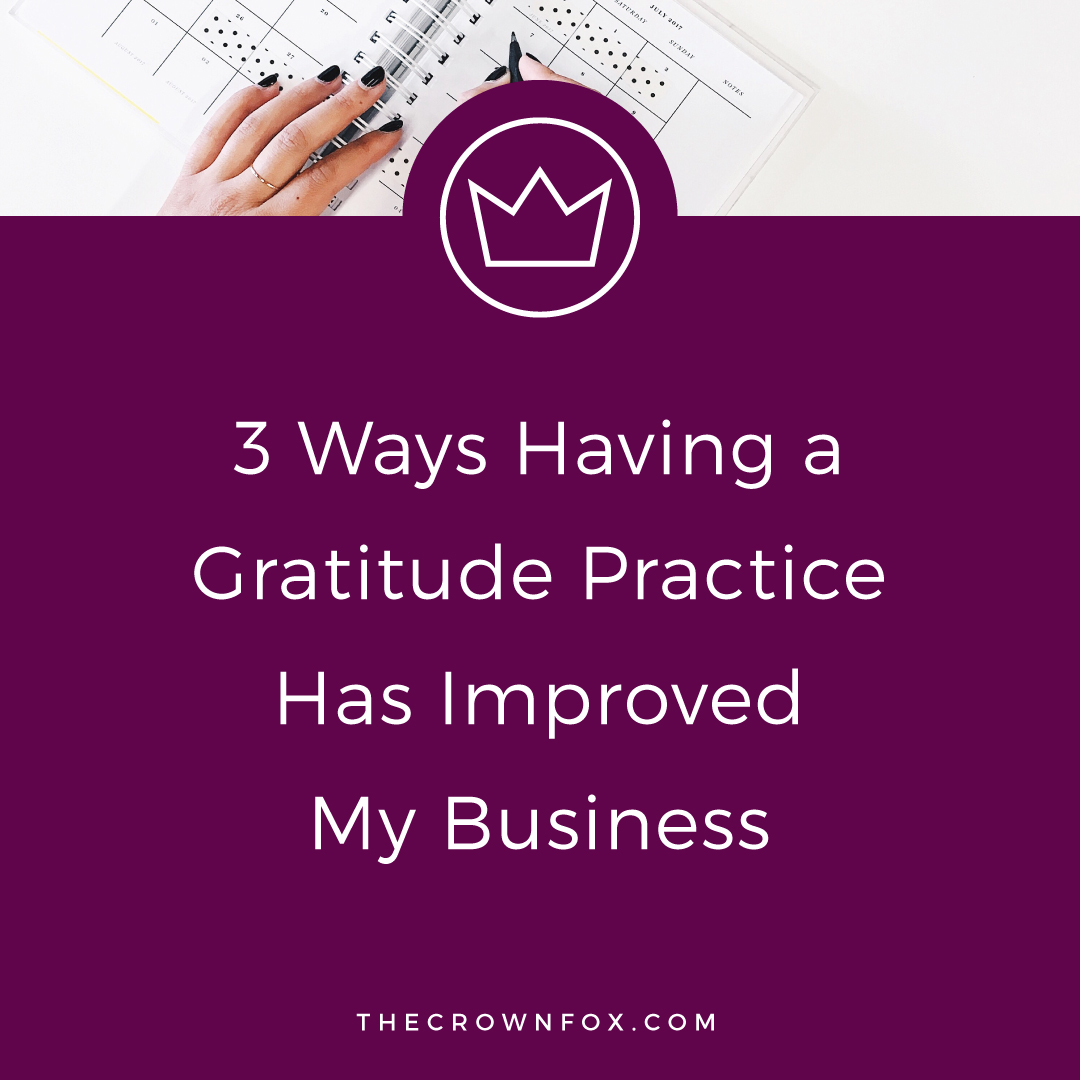Earlier this week we talked about your “how” and making sure it offers a specific solution. But, as promised, today we are going to talk about figuring out what your target client actually needs solved. The thing is, we don’t want to spend time figuring out the perfect thing we want to offer and have no one actually buy it. There needs to be an expressed interest or need for your product or service, so by doing a little research, you can figure out what is a solution to your target client’s pain points. This goes for anything – your services, your products, your courses, your free products, etc.
FACEBOOK GROUPS
I know everyone loves Pinterest and Instagram, and I do too, but I am still holding onto the value of Facebook groups for business. Facebook groups are easy research, because people use them to ask questions all the time. The hardest thing I found with Facebook groups was finding the ones where my target client hung out. Eventually, I resorted to a Pinterest search for “Facebook groups for online business owners” (or something similar) and found a ton of articles pointing me towards ones to join. So that is my recommendation to you – spend a little time finding where your people are, jump in, and start reading their questions, struggles, and pain points. Then begin to cater your offerings to answer or fix some of those issues.
Just a disclaimer here, remember that YOU have to do the work once you get a client. Make sure your offer not only serves your target client, but also is something you want to do and are capable of doing!
If you’re in Facebook groups and don’t see these sorts of things come up, check what day you are allowed to post polls/questions and ask people in there questions. I see this all the time! People will ask things like, “are you more interested in XYZ?” or “What would you see more valuable a package with XY or a package with YZ?” Now I am not saying to be spammy or “me-me-me” all the time, because that turns people off, but you can definitely reach out to ask the masses.
ASK YOUR SUBSCRIBERS
There are a ton of beneficial features to having an email list and subscribers, but one of the best is that you have a resource available to you as a way to communicate with your audience. So, for example, when someone joins my list my welcome email asks them to let me know what areas in branding they feel uneasy about or want to talk more about. Granted, not everyone responds, but those that do have fueled the topics for my newsletter, for my blog posts, and other offerings.
Some people do this as a survey they send out, just to get feedback and ideas generated. That’s a great way to go about it, too. I haven’t done a survey at this point, because it doesn’t really fit my voice/content strategy, but I might do one in the future. For now, I just work on building relationships with my subscribers and making the conversation feel open and accessible – a) because I genuinely do like talking to people and curious about their business endeavors and b) it helps me to formulate what to talk/help with.
RESEARCH SIMILAR TOPICS
Lately I’ve started researching areas where people struggle in fields related to branding – and see if there’s a solution that I can offer.
This might sound confusing – here’s an example. If someone says, “I’m struggling to bring in business” that might be a business-related problem, but it could also be a branding-related problem and that’s where I come in. So if you know your target audience and you’re stalking them (yes, CREEPY!) on social media or their blogs or wherever and they are expressing hang-ups that they are having, see if there’s a way that your solution might help. Maybe you’re a virtual assistant and you see people saying things like “I spend so much time in my inbox!” They might think they need a better email tool, a more organized approach to their day, maybe a coach – but if you could present your skills as a VA in a way that says “I know you don’t want to spend all day your inbox – I can help you manage that and get it under control!” Then you’ve offered them the solution they never even realized was an option.
This helps you also start to get a grasp on exactly how your target client speaks about their struggles so that you can respond accordingly. So I might say “I offer branding” but that doesn’t tell my target audience anything they want to hear. Instead I say “you’re going to stand out, you’re going to be influential, you’re going to be seen as an authority” which are all things that I’ve read, researched, and heard my target client wish they had (that I am capable of offering).
CHECK RELATED OFFERING’S REVIEWS
I can’t take full credit for this idea – it actually was something I learned from a Mariah Coz* course at some point along the way. Basically I spend some time looking up books about branding, courses, workshops, etc. and I see where people felt they needed more specific help. So something someone might comment is that they “loved the end result but want to make sure they are reaching their target client” – so then I know to make sure I include a huge emphasis on this part of branding and use that as a selling feature or way to stand out.
Again, this takes work and a little bit of stalker tendencies, but it’s worth it for the intel and ability to cater your solutions to your audience or potential clients. You can see what things work and where they fall short, so you can adjust your own offering accordingly.
Other ways that you can start to research your target client and see where they express a direct need for something you might be able to offer – checking out related hashtags on social media, checking out quora or reddit, simply typing things into Google and seeing what populates in the dropdown, or ask questions in your blog (for them to comment answers). There are a lot of ways you can determine your business success by skipping over that part where you wonder if something is going to work or going to sell. There’s a sweet spot, where you are doing something you love and someone benefits from it – and that’s the goal to figure out. Let me know in the comments below how you decided on your offerings, I’d love to know!
If you think you need some more detailed help with things like figuring out your target audience and how can you serve them, check out my new e-book Branding 101: Building Your Base. It's currently in pre-sale now, so lock in the best price by clicking below!
* That link is an affiliate link to the Femtrepreneur Course landing page - basically the courses that will change your life and business. I wouldn't recommend Mariah if I didn't think she was ah-maz-ing.








Hi! I’m Kaitlyn!
I believe that you can create a life and business you love by listening to your own inner guidance system. I think there's plenty of strategies + hacks to learn and a ton of “how to” content you can consume but ultimately you are your best guide, the best guru, the best compass, and the best source of inspiration! I’m here to help you learn to trust that voice inside, step into your incredible power, and create YOUR dream business + life.
Let’s work together!